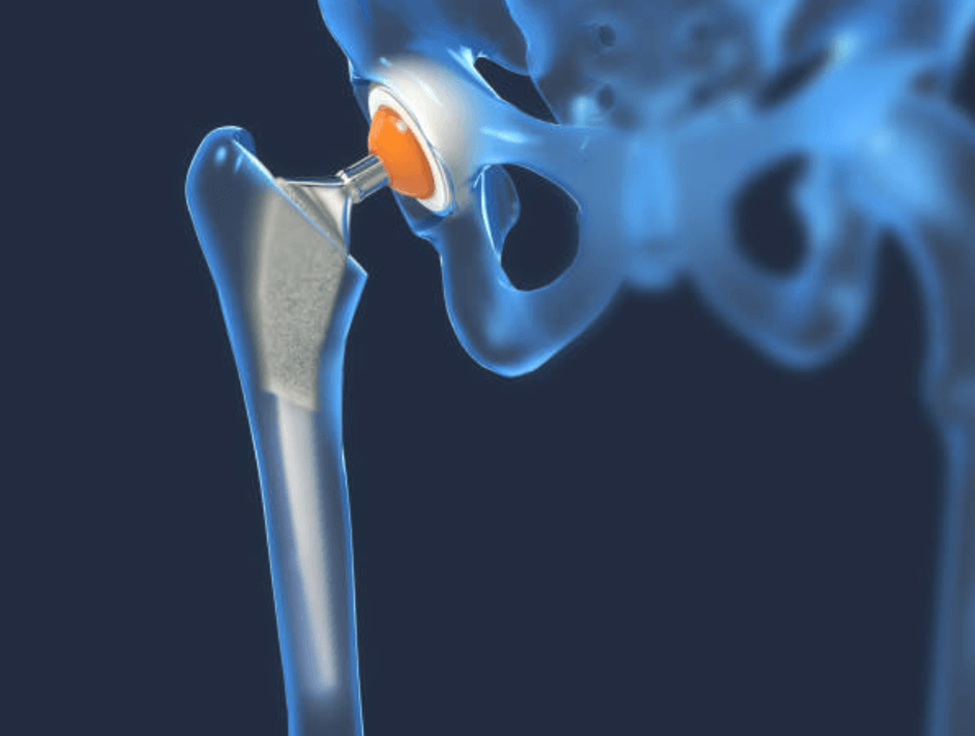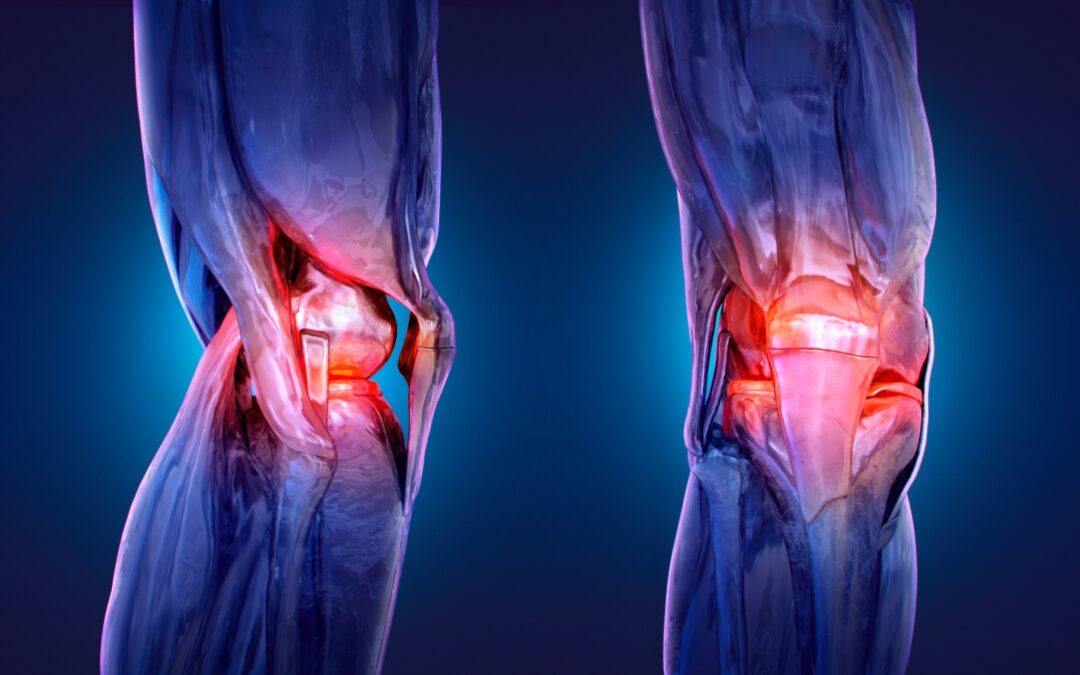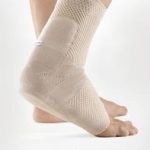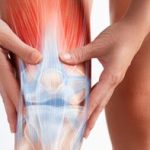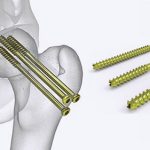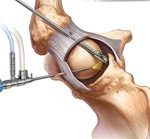HIP REPLACEMENT
What is a hip replacement?
Hip replacement, also called hip arthroplasty, is a surgical procedure to address hip pain. The surgery replaces parts of the hip joint with artificial implants. The hip joint consists of a ball (at the top of the femur, also known as the thigh bone) and a socket (in the pelvis, also known as the hip bone). Hip replacement surgery includes replacement of one or both parts. The goal of the procedure is to allow you to resume daily activities and exercise with less pain.
Is it Safe to Get Hip Replacement in Iran?
Having an orthopedic surgery like hip surgery in Iran is safe for three main reasons:
First of all, as outlined earlier, Iran enjoys a host of highly experienced surgeons in the field of orthopedics, and orthopedic treatments are done with a high level of patient satisfaction. According to reports, the satisfaction rate is above 95%.
Secondly, in contrast to what people may think of Iran’s medical system, you would be amazed with the quality of medical services offered in this country. Specialized clinics and private hospitals in Iran are well equipped with the latest facilities on par with international standards.
Thirdly, the country itself is as safe and secure as many western countries. Many travelers describe Iran as the safest place they’ve ever been to. Locals treat foreigners with the utmost care and respect. Therefore, there would be nothing to worry about when in the country. By the way, we invite you to watch our patients’ videos to see how their medical experience went on in Iran.
Cost in Iran
Hip arthroplasty in Iran costs around $3,000-$5,000. This price includes doctor visit, anesthesia, and surgery fee. The average price of this procedure is $6,000 to $30,000 in other countries like Turkey, Malaysia, England, and USA.
Medical tourists can save up from 50 to 70 percent when they travel to Iran for hip joint replacement. The difference in the cost of this surgery in Iran and any other country remains considerable even when other costs such as that of flight, visa, and in-country transportation are taken into account.
When Is a Hip Surgery Needed?
Severe pain and stiffness: If your normal activities are limited as a result of pain in your hips, and the pain does not go away even when you are resting, hip arthroplasty is suggested to you by your doctor. Hips being stiff also decreases the ability to move legs properly.Hip injury: Hip injury which results in pain, stiffness, swelling as well as disability to walk and climb may need serious attention. If you’re observing any of these signs after an injury, you should visit your doctor and go for replacement of your hip joint.Certain diseases: There are also several diseases causing the pain and requiring hip surgery; such as osteoarthritis (as a result of aging and getting old), post-traumatic arthritis (damage of the cartilage due to a serious injury), rheumatoid arthritis (thickness and inflammation of synovial membrane), childhood hip disease (hips not growing properly since the infancy resulting an arthritis in adulthood), and avascular necrosis (fracture and dislocation of the hips preventing blood to get to the bones). All of the arthritis mentioned need to be cured by getting hip prostheses.
How Is a Total Hip Replacement Performed in Iran?
Hip joint replacement involves removing a damaged hip joint and replacing it with an artificial joint. Depending on the patient’s condition, one type of anesthesia is chosen by the anesthesiologist, which is usually general anesthesia.
The surgeon makes a cut along the hip and moves muscles neighboring hip joint. With the help of a saw, the hip joint will be removed and artificial prosthesis, which is consisted of a ball (highly polished strong metal) and a socket (a durable cup of plastic, ceramic or metal), will be replaced.
The new joint will be stemmed in place with cement and muscles will be reattached. In the end, the surgeon will close the cut or incision. The reconstructive surgery of hip joint usually takes 2-3 hours.
Posterior vs. anterior total hip replacement
There are two approaches employed in hip surgery. Each one is described below:
First: posterior hip replacement
This approach is the most common one with lower risk of nerve damage. The surgery begins with an incision behind the hip. The surgeon reaches the hip joint through cutting the muscles at the back of the joint. They include gluteus maximus which is the largest muscle in the hips and lateral rotator muscle which is the one enabling hip’s rotation. These muscles will be reattached when the damaged joint is replaced with a hip implant.
Second: anterior hip replacement
This approach is a new one and a small percentage of surgeons utilizes it. When the incision is made in the front of the hip, the surgery is “anterior”. In this procedure, main muscles remain intact. The surgeon cannot view and access the hip joint easily. Therefore, this approach requires more precision and proficiency.
What to Expect During Hip Replacement Recovery?
After getting hip prostheses, you should expect a recovery period with certain limitations in routine activities.
First days after surgery: After operation, you should stay 1 to 3 days in the hospital under the supervision of the doctor. Your physical therapy will begin from the day after operation’s day. During this time, you may feel pain and stiffness and you’ll be taking pain medications and blood thinners.
1st to 3rd week after surgery: You will experience the major pain during the first three weeks following your surgery. You will need to have an assistance around you to help you with exercises and daily activities in this time. However, you’ll be able to walk around with a walker too.
3rd to 6th week after surgery: The pain will gradually go away. You’ll be ready to do most of your activities on your own. However, you should know that high-impact activities are not allowed during this period.
Full recovery after the 6th week: After around 6 weeks, you’ll experience your normal life. No pain and stiffness will be observed. You can walk, run, swim, and drive without any difficulty.
What Are Hip Replacement Post-operative Cares?
Recovery and home care are very essential in the healing process and result of the procedure. So, it is absolutely important to follow the steps below:
1- Eat a noticeable amount of food daily;
2- Take iron supplement;
3- Have a balanced and nutrient diet;
4- 2 weeks after the surgery, go for removing sutures and staples;
5- Keep the wound dry until it gets sealed;
6- Do determined exercises to restore your mobility;
7- Physical therapy is necessary;
8- Use walking aids; and
9- Take pain relief drugs as instructed.

